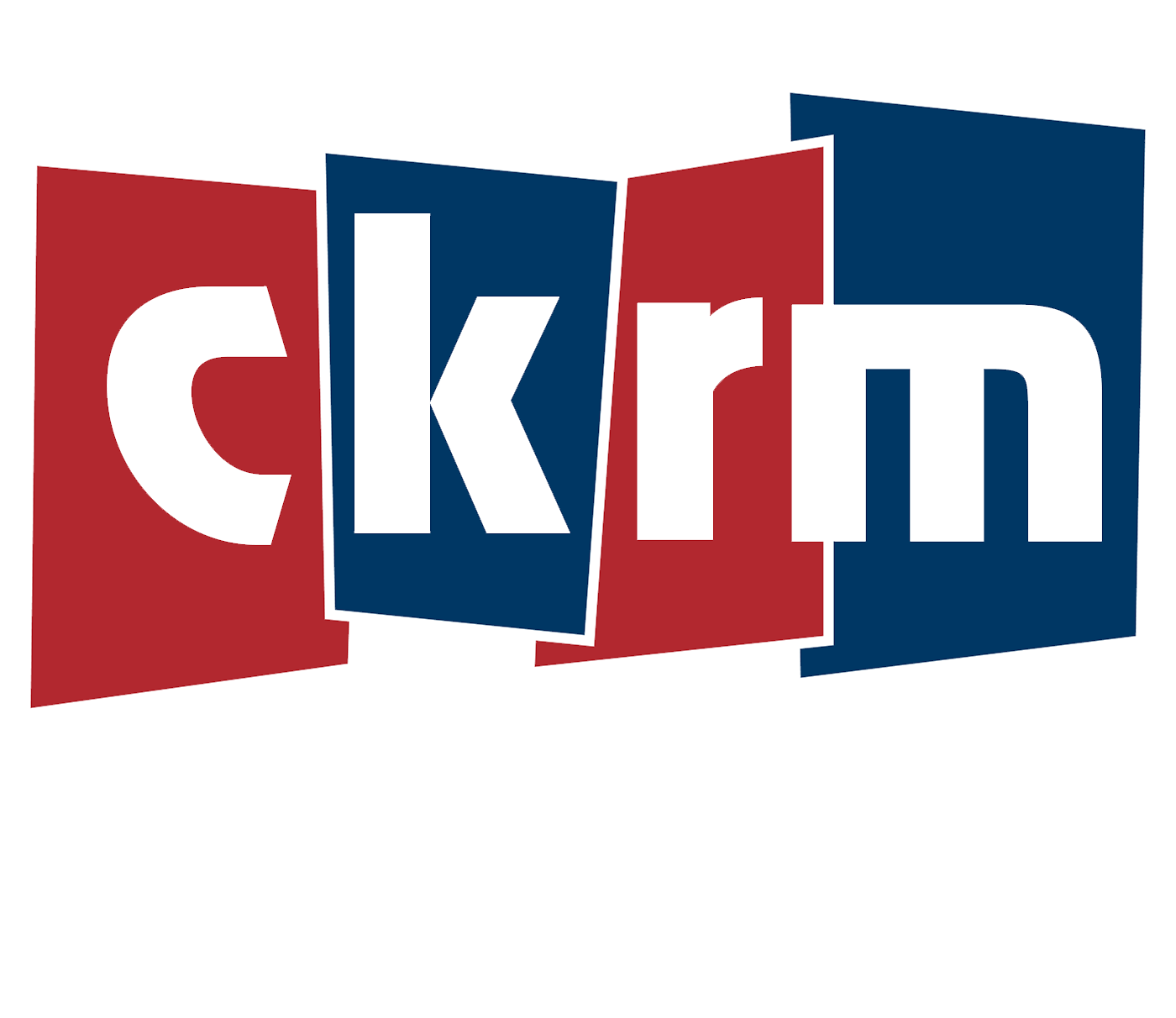Myles Sanderson was quiet and unremarkable in the time he spent behind bars before he went on a stabbing rampage, Indigenous elders working in a Saskatchewan prison told a coroner’s inquest Monday.

Sanderson killed 11 people and injured 17 others on the James Smith Cree Nation and in the nearby community of Weldon, northeast of Saskatoon, on Sept. 4, 2022.
The 32-year-old died in police custody a few days later.
“The first day I met him he was quiet,” said Geraldine Arcand, an elder with the Correctional Service of Canada.
Arcand testified she was working as an intake elder at the penitentiary near Prince Albert, Sask., when Sanderson began his first federal sentence. She came up with an initial healing plan for him while he was incarcerated.
Arcand said Sanderson talked about issues, particularly from his upbringing.
“It was the anger that he feels,” Arcand told the inquest in Melfort, Sask., as it entered its third and final week.
Sanderson also took part in a high-intensity program that elder Harvey Knight was running behind bars. Knight said Sanderson spoke about his life almost like a child.
Knight said he could never have imagined the violence Sanderson was capable of.
“He didn’t stand out whatsoever as somebody who was different,” Knight said.
The inquest is to establish the events leading up to the killings, who died, and when and where each person was killed. Testimony is expected to wrap up this week before the six-person jury deliberates on recommendations to prevent similar deaths in the future.
A separate inquest into Sanderson’s death is scheduled for February.
Over the last two weeks, the inquest has heard how the rampage unfolded from RCMP officers at the scene, major crimes investigators and health-care officials. It has also heard about Sanderson’s life and prison history from his parole officers.
RCMP said in an overview of the massacre that Sanderson went to the First Nation to sell cocaine. In the days before the killings, he caused chaos with his brother, Damien Sanderson.
Damien Sanderson was the first to be killed. Myles Sanderson then went door-to-door on the First Nation stabbing people.
An RCMP criminal profiler has testified that some victims were targeted because Sanderson had a grievance against them, and others just got in the way of his mission to kill.
The inquest heard earlier Monday from Monica Irfan, a deputy director in policy and legislative initiatives with the Parole Board of Canada. She spoke broadly about how it played a role in Sanderson’s incarceration and eventual release. She was not involved in Sanderson’s file.
Sanderson was serving a sentence of more than four years, when the board denied his application for full parole and day parole in 2021. It considered his criminal record, including 59 convictions as an adult, and his social history and release plans.
The board found Sanderson “will present an undue risk to society,” Irfan said, reading part of that decision at the inquest.
Sanderson received statutory release in August 2021. Irfan said the board’s role in statutory release, which kicks in when an offender has served two-thirds of a prison sentence, is to impose conditions.
Four months into his freedom, Sanderson was found to have been lying about his living arrangements, as he was staying with the mother of his children, Vanessa Burns. His release was suspended.
The inquest heard Sanderson’s community parole officer had recommended he not be allowed back out based on his attitude and deceit.
Irfan said the board must look at “all of the factors — positive and negative — to reach a final conclusion.”
In February 2022, the board cancelled the suspension and Sanderson again received statutory release with a reprimand. The board said it believed Sanderson’s risk was manageable in the community.
Three months later, Sanderson was unlawfully at large and a parole officer issued a warrant for his apprehension. He was still at large at the time of the massacre.
The parole board and corrections agency conducted a joint investigation looking into Sanderson’s release, but it was not made public ahead of the inquest.
The board said recently that the investigation would not be made public so as to not interfere with the inquest. The statement did not specify if the board was referring to one or both inquests.
Keith Brown, the lawyer representing the First Nation in the inquests, has said the results of the investigation should have been released.








